Which Of These Statements About Acceleration Is True

The seemingly simple concept of acceleration, a cornerstone of physics, is often misunderstood. Misconceptions abound, leading to confusion about its true nature and implications. This has real-world consequences, from misinterpreting vehicle safety data to struggling with fundamental principles in engineering and science.
This article delves into common misconceptions surrounding acceleration and clarifies its precise definition. We will examine various statements about acceleration, scrutinizing them against established physical laws and empirical evidence. Ultimately, our goal is to equip readers with a robust understanding of this critical concept, fostering a clearer perspective on the world around them.
Understanding Acceleration: Beyond Speeding Up
Acceleration, in physics, is defined as the rate of change of velocity, not just the rate of increase in speed. Velocity, a vector quantity, incorporates both speed and direction. Therefore, a change in either speed or direction constitutes acceleration.
This subtle difference is where many misunderstandings begin.
Misconception 1: Acceleration Always Means Speeding Up
One of the most prevalent misconceptions is that acceleration invariably implies an increase in speed. While speeding up certainly is acceleration, it is not the only form it takes.
Consider a car traveling at a constant speed around a circular track. Although its speed remains constant, the car is continuously changing direction. This change in direction means the car is constantly accelerating towards the center of the circle – a phenomenon known as centripetal acceleration.
NASA's website provides excellent visual examples of centripetal force and acceleration. These can aid in visualizing how a change in direction, even at constant speed, results in acceleration.
Misconception 2: Zero Speed Means Zero Acceleration
Another common error is the belief that if an object's speed is zero, its acceleration must also be zero. This isn't necessarily the case. Think about a ball thrown vertically upwards.
At the peak of its trajectory, the ball momentarily comes to a complete stop (zero speed). However, at that very instant, it is still experiencing the acceleration due to gravity, pulling it downwards.
The ball's velocity is changing (from upward to downward), even when its instantaneous speed is zero. This change in velocity is, by definition, acceleration. The acceleration due to gravity is approximately 9.8 m/s2 near the Earth's surface.
Misconception 3: Constant Speed Means No Acceleration
As mentioned earlier, constant speed does not necessarily imply zero acceleration. This only holds true for motion in a straight line at a constant speed, known as uniform motion.
Any change in direction, even at a constant speed, indicates the presence of acceleration. This is crucial for understanding the motion of satellites, planets, and any object moving along a curved path.
"The concept of acceleration is fundamental to understanding orbital mechanics," notes Dr. Emily Carter, a professor of astrophysics at Caltech. "Satellites maintain their orbits through a constant interplay of gravitational force and inertial motion, resulting in continuous acceleration towards the central body."
Which Statement is True? A Synthesis
Based on the above analysis, let's address the core question: Which statement about acceleration is true? The correct statement is: Acceleration is the rate of change of velocity.
This encapsulates all the nuances discussed: changes in speed, changes in direction, and the possibility of acceleration even when instantaneous speed is zero.
Statements suggesting that acceleration *only* means speeding up, or that zero speed *always* means zero acceleration, are demonstrably false.
Real-World Implications
A solid grasp of acceleration is crucial in various fields. Engineers use it to design safer vehicles, considering acceleration during collisions and emergency braking.
Physicists rely on acceleration to model the motion of everything from subatomic particles to galaxies. Understanding acceleration helps us analyze and predict the behavior of dynamic systems accurately.
Moreover, correctly interpreting acceleration data is essential for informed decision-making regarding safety and performance. Ignoring directional changes when assessing acceleration can lead to inaccurate risk assessments.
Looking Ahead: Improving Understanding
Combating misconceptions about acceleration requires a multi-faceted approach. Clear and consistent explanations in educational materials are essential.
Interactive simulations and experiments can help students visualize and experience acceleration in different contexts. Addressing common misconceptions directly, with clear counter-examples, is vital.
By promoting a deeper understanding of this fundamental concept, we can empower individuals to make more informed decisions and navigate the world with greater clarity. Continued research and refinement of educational resources will be crucial in fostering a more accurate and intuitive grasp of acceleration for future generations.
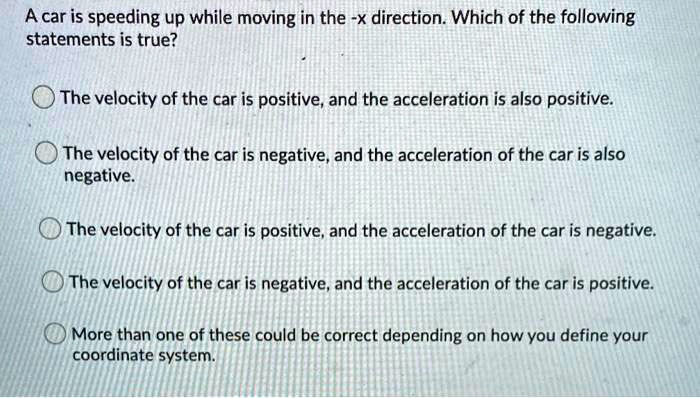

![Which Of These Statements About Acceleration Is True [ANSWERED] Which of the following statements is true about acceleration](https://media.kunduz.com/media/sug-question-candidate/20210618084508336587-3097791.jpg?h=512)





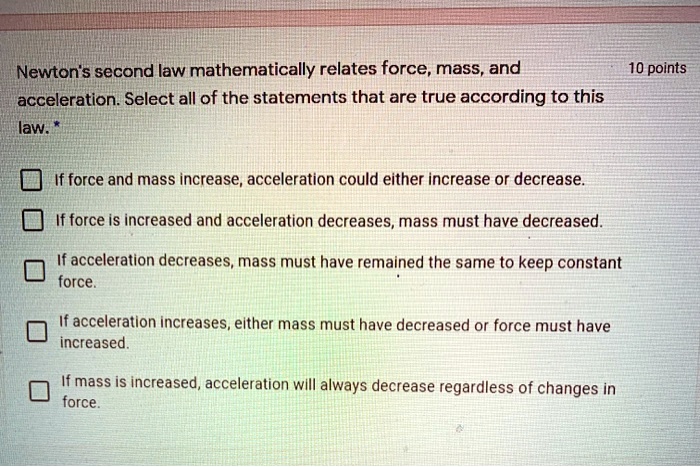
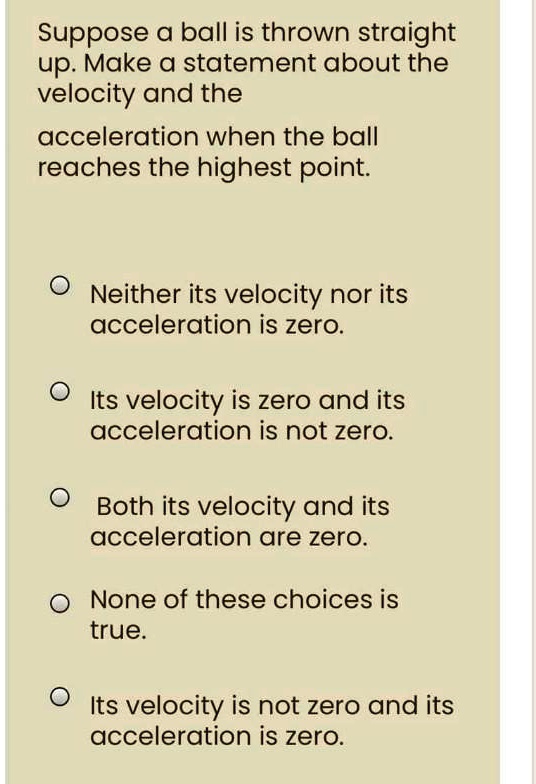
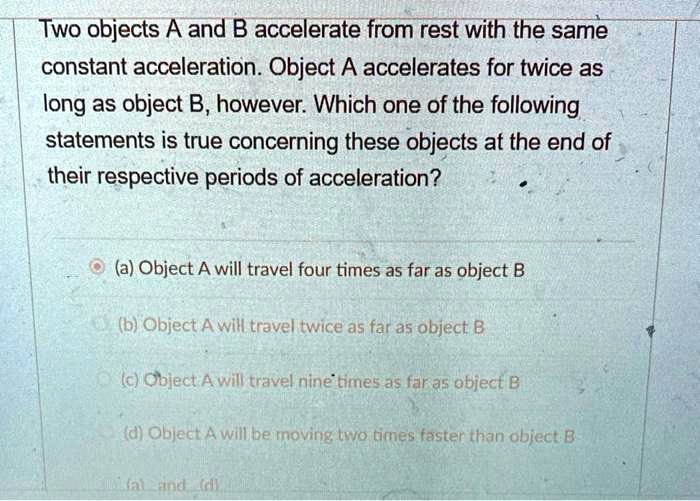
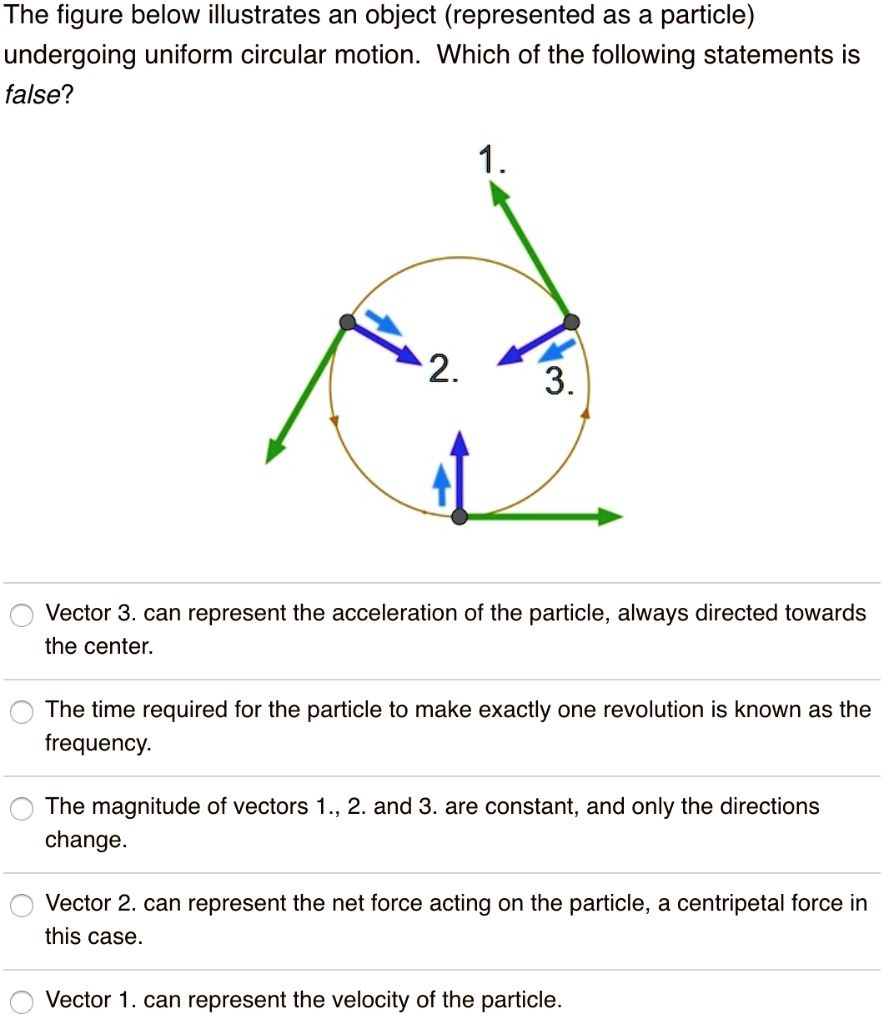
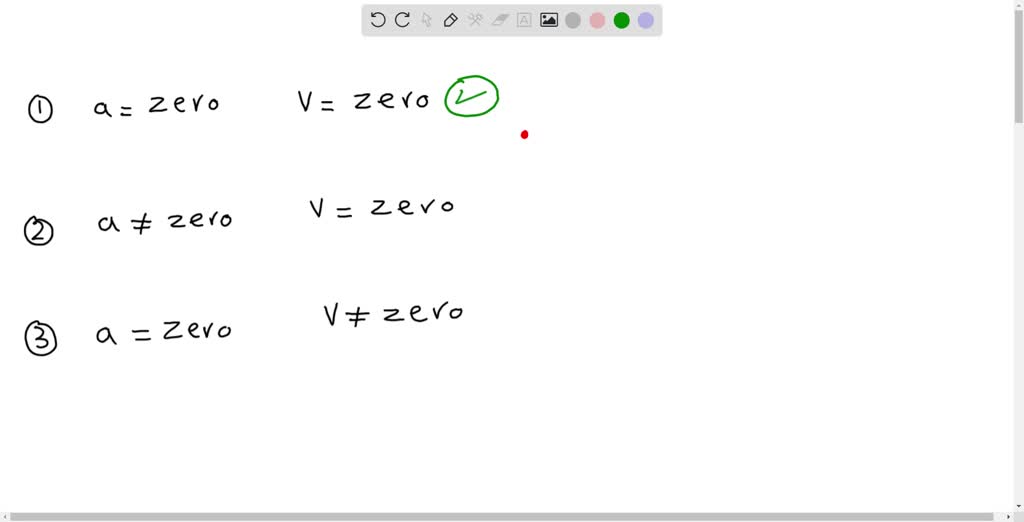
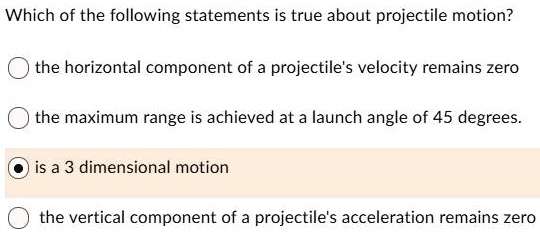
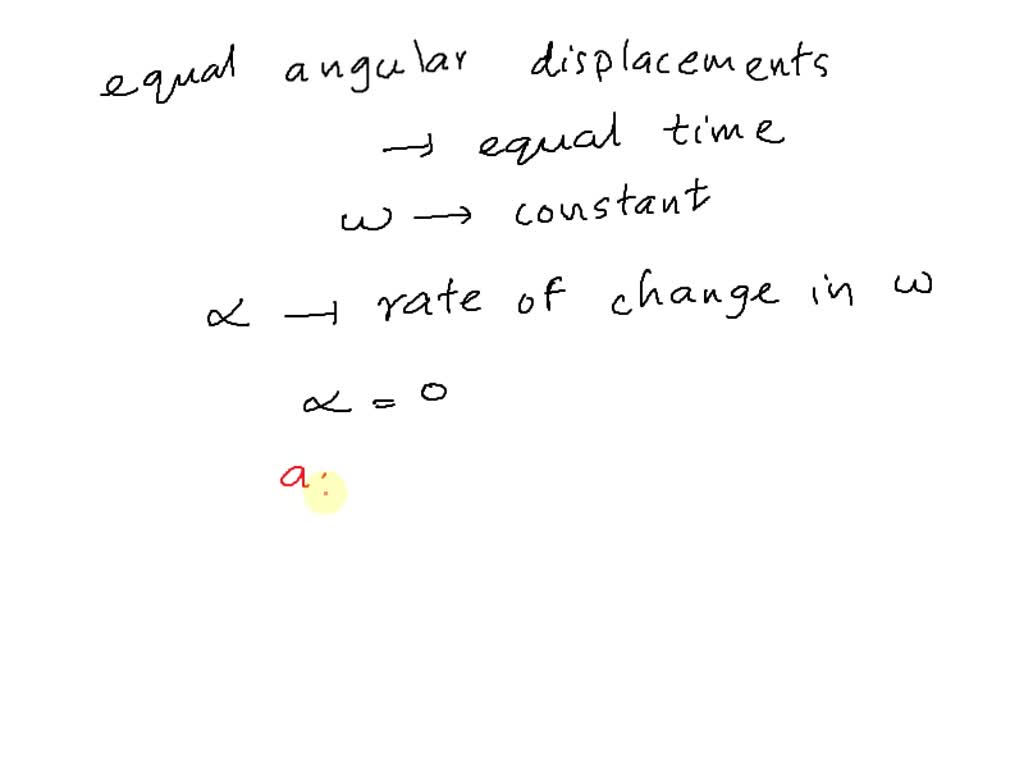

+Velocity+%3D+constant..jpg)

